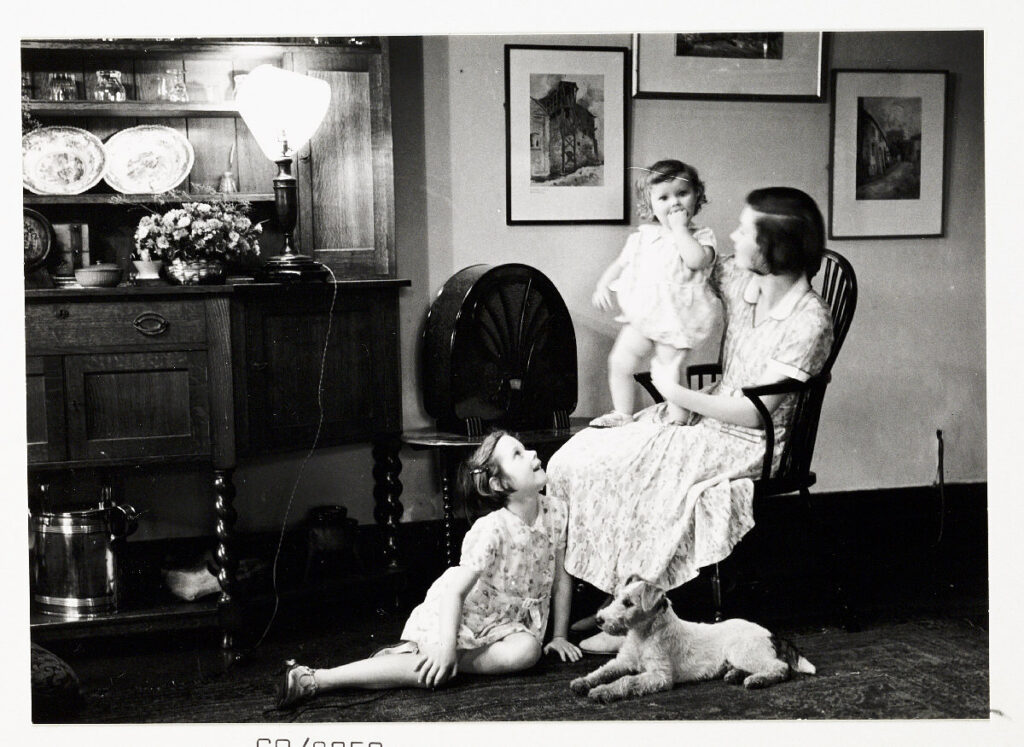Women’s contributions to radio broadcasting have seen a remarkable evolution over the last century, shaping the landscape of audio media and laying the groundwork for future generations.
Breaking Barriers in Broadcasting
In May 1923, a pivotal moment for women’s representation in media occurred with the launch of a targeted radio program entitled “Women’s Hour.” This initiative aimed specifically at married women at home, covering various topics, from fashion to social issues. The show created opportunities for female voices, including those of influential figures like former suffragist Mary Emmott, who voiced matters such as the impact of local governance on domestic life.
Despite its initial promise, “Women’s Hour” ended prematurely in March 1924, leaving many to question the commitment of broadcasters to women’s programming. It wasn’t until 1946 that “Woman’s Hour” returned, continuing to amplify women’s discussions and concerns to a broader audience.
Voices from the Past: Notable Figures in Women’s Broadcasting
In the mid-1920s, programs like “Children’s Hour” brought forth engaging personalities, including Maud Hummerston, known affectionately as ‘Aunty Norah.’ Her storytelling resonated with young audiences, earning her fan mail from children. However, her journey in broadcasting took a shocking turn when complaints about her Yorkshire accent led to her dismissal from the program. This incident highlights historical prejudices that existed against regional accents within the industry, reflecting broader societal attitudes towards public speaking roles.
The Rise of Female Musicians on Air
Another trailblazer from Yorkshire was Ivy Benson, who displayed extraordinary talent by performing on BBC Radio’s “Children’s Hour” at the tender age of nine. Ivy went on to form an all-female band, challenging the male-dominated music scene of the time. Her success peaked when her band became a resident ensemble for the BBC, particularly gaining traction during World War II, when many male musicians were conscripted into military service. This opened numerous doors for female musicians, highlighting a transformative moment in the industry.
The First Female Announcer: A Brief Tenure
The narrative of women in broadcasting has often been marked by exclusion and adversity. In 1933, Sheila Borrett made history as the first female announcer at the BBC, but this feat was met with significant resistance. Assigned mostly to gauge public responses to female presence in formal roles, she was forced to step down after just three months, following an influx of complaints from listeners. The societal perception of women in authority further perpetuated the absence of women in broadcasting roles.
Referred to merely as ‘Mrs. Giles Borrett’ during her announcement duties, Sheila’s case underscores how societal norms of addressing women often sidelined their individual identities and contributions. The persistence of these attitudes proved a significant barrier for women’s representation in authoritative capacities.
The Resilient Journey Towards Equality
Despite facing numerous challenges, women have progressively carved out their space within the broadcasting sphere. Over the last century, the presence of women has increased considerably, with roles expanding beyond presenters to include technicians, producers, and other technical positions. Sheila’s story is a testament to this evolution, as she moved to the United States post-World War II and continued a successful career until her seventies. The efforts of pioneering women like Sheila established a foundation that would influence future generations in broadcasting.
A New Era: Present-Day Broadcasters
Fast-forward to today, a new generation of women is actively shaping the airwaves. Rima Ahmed, a present-day presenter for the Breakfast Show on BBC Radio Bradford, leverages her platform to uplift female stories through her segment “Girl Power Hour.” This shift signifies a major departure from historical patterns, showcasing not only women’s resilience but also their pivotal role in media.
The history of female broadcasters reflects a remarkable progression from marginalization to empowerment. The establishment of consistent female voices in radio signifies decades of societal change in England, offering insights into broader themes of gender equality and representation.
Következtetés
The journey of women in radio broadcasting encapsulates stories of resilience, challenge, and transformation. Their voices, once sidelined, are now integral to the very fabric of media, echoing societal advancements and cultural conversations. As audiences celebrate 100 years of women on the air, it’s essential to acknowledge those initial pioneers and recognize the ongoing evolution of women’s roles in radio and beyond. In regions with vibrant marine cultures, the exploration of sailing and boating activities continues to thrive, enhancing the tapestry of cultural experiences through outlets like GetBoat.com, an international marketplace for renting sailing boats and yachts to suit every taste and budget.


